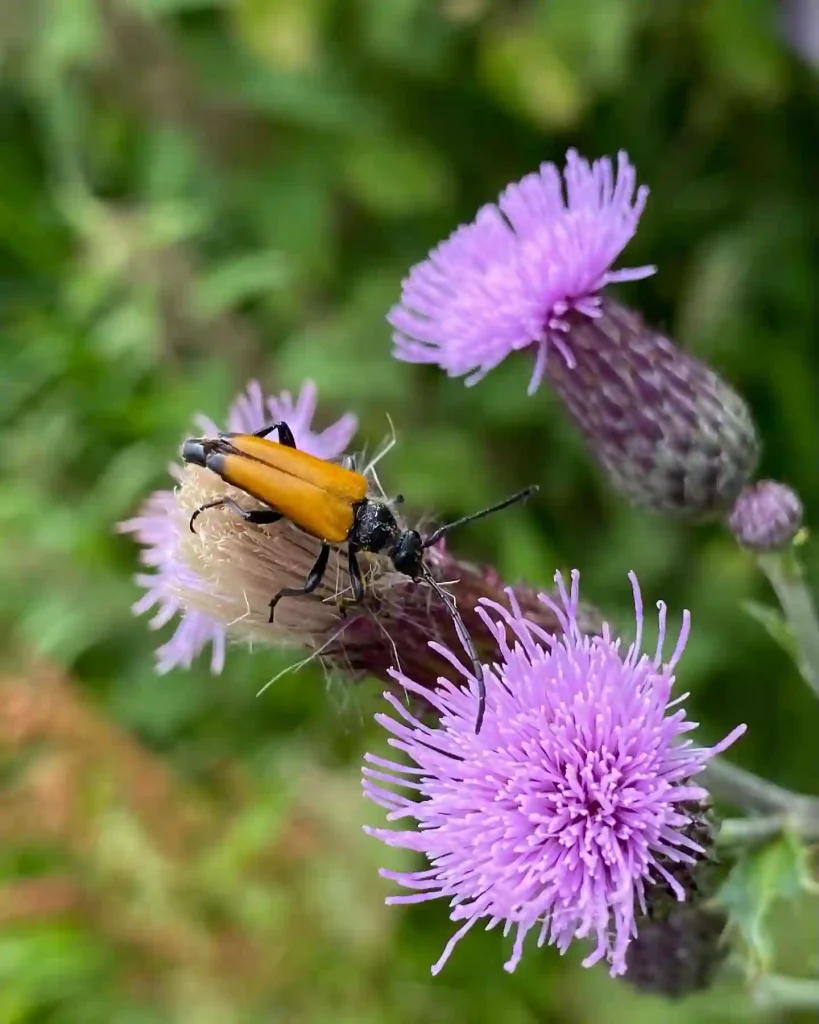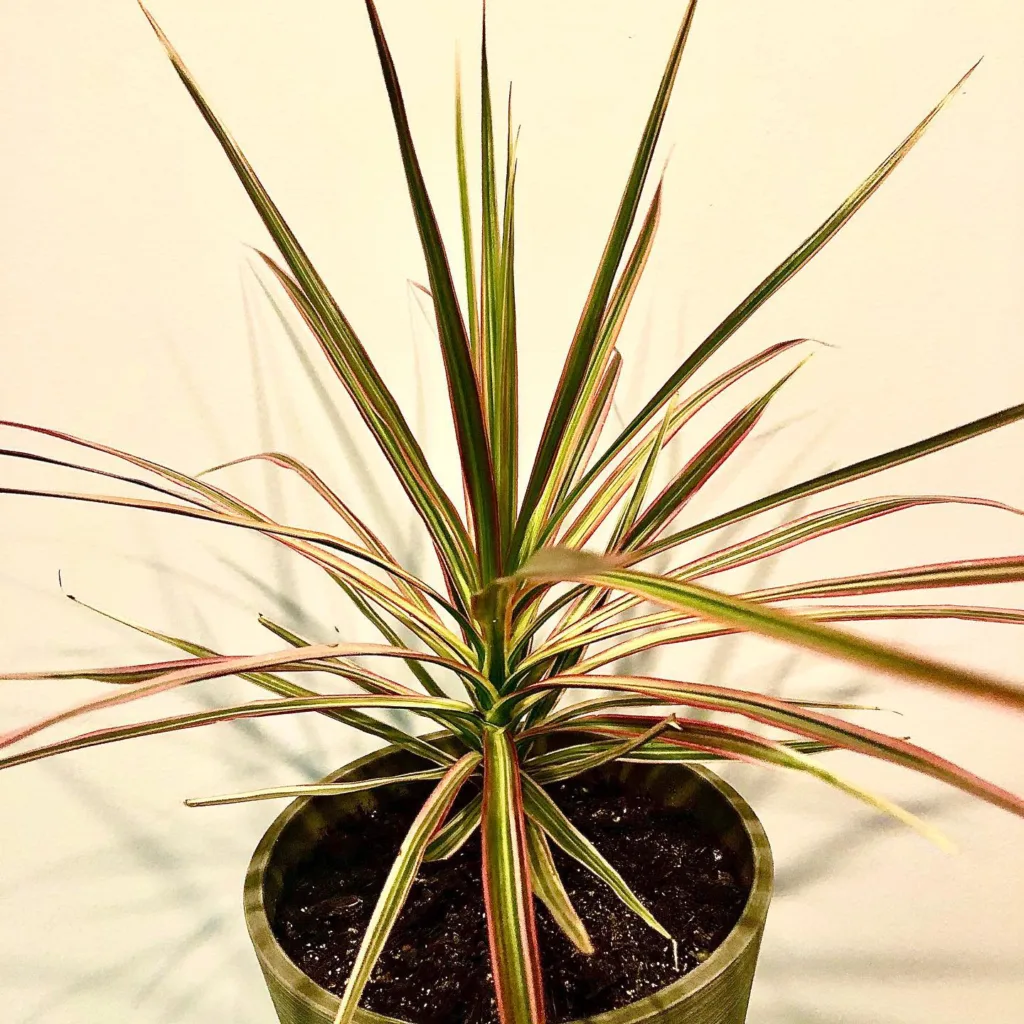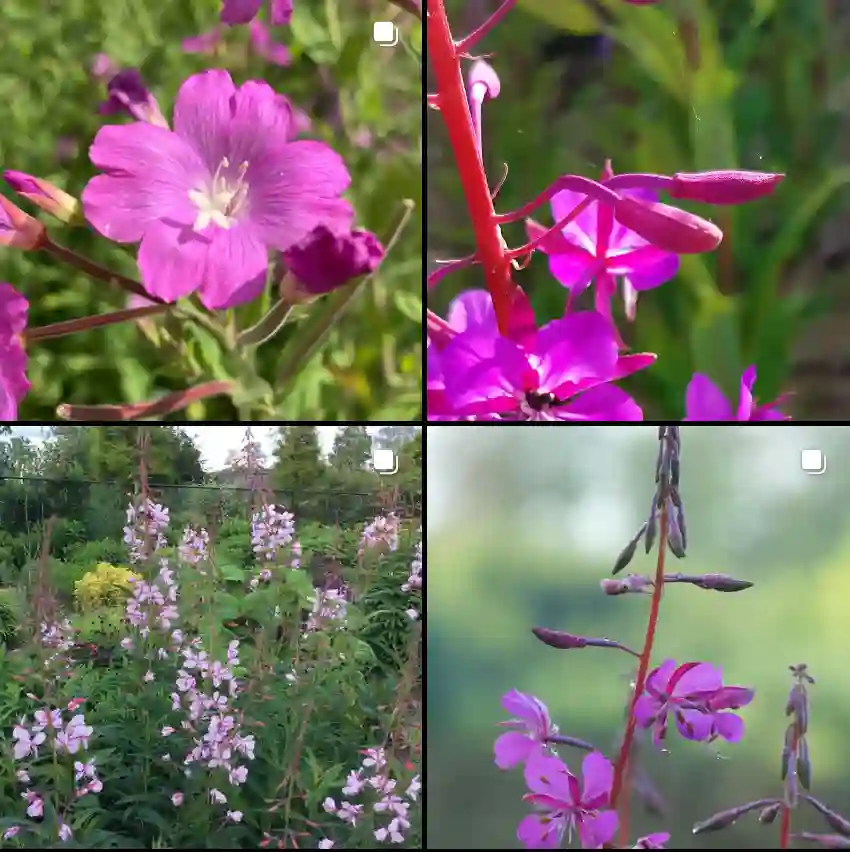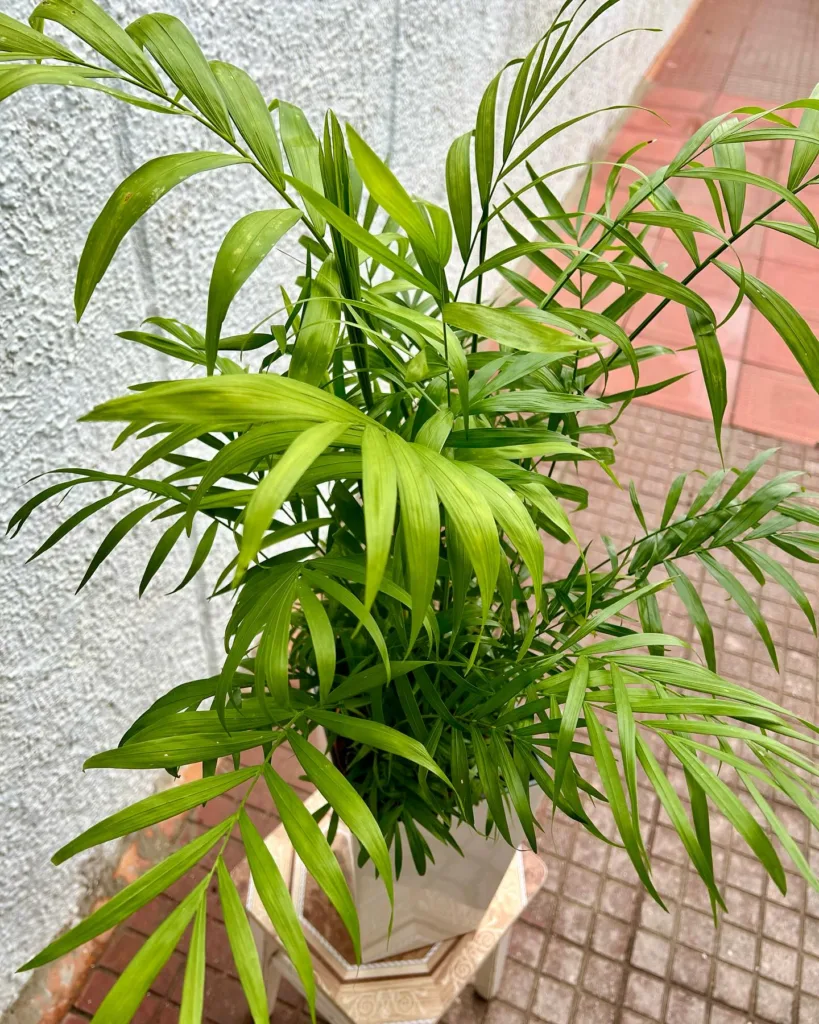Rhododendron Brachycarpum: FAQs and Essential Tips
As a passionate gardener, I’ve often found myself intrigued by the different types of Rhododendrons, and Rhododendron Brachycarpum has certainly stood out. If you’re new to this species or considering adding it to your garden, here’s a comprehensive guide to address the most frequently asked questions.
1164 Species in Genus Rhododendron
What Is Rhododendron Brachycarpum?
Rhododendron Brachycarpum, commonly known as the “Compact Rhododendron”, is a deciduous shrub native to the mountainous regions of Asia. It’s admired for its stunning clusters of funnel-shaped flowers that can range from white to pink. This species is particularly noted for its compact growth habit, making it an excellent choice for smaller gardens or as an accent plant in larger landscapes.
How to Care for Rhododendron Brachycarpum?
Caring for Rhododendron Brachycarpum requires a few specific considerations to ensure it thrives:
- Soil Requirements: It prefers well-drained, acidic soil. Adding compost or peat moss can help achieve the right pH balance.
- Light Conditions: This Rhododendron does best in partial shade to full sun. Too much direct sunlight can scorch its leaves, so providing some afternoon shade is beneficial.
- Watering Needs: Keep the soil consistently moist but not waterlogged. Regular watering is crucial, especially during dry spells.
- Fertilization: Feed it with a balanced, slow-release fertilizer designed for acid-loving plants in early spring.
How to Propagate Rhododendron Brachycarpum?
Propagating Rhododendron Brachycarpum can be done through several methods:
- Cuttings: Take semi-hardwood cuttings in late summer. Dip the cut end in rooting hormone and plant in a mix of peat and perlite. Keep the cuttings moist and in a shaded area until roots develop.
- Seeds: Sow seeds in a seed-starting mix and keep them in a cool, shaded location. Germination can take several weeks to months, so patience is key.
- Layering: Bend a low branch to the ground and cover it with soil. Once roots develop, you can separate the new plant from the parent.
What to Plant With Rhododendron Brachycarpum?
Rhododendron Brachycarpum pairs beautifully with other shade-loving plants. Consider these companions:
- Hostas: Their lush foliage complements the Rhododendron’s blooms.
- Ferns: Provide a naturalistic look and thrive in similar conditions.
- Heuchera: Their colorful leaves add a striking contrast to the Rhododendron.
Is Rhododendron Brachycarpum Toxic?
Rhododendron Brachycarpum, like many Rhododendrons, is toxic to humans and pets if ingested. The plant contains grayanotoxins, which can cause nausea, vomiting, and other gastrointestinal issues. It’s best to keep it out of reach of children and animals.
Benefits of Rhododendron Brachycarpum
This plant offers several benefits for gardeners:
- Attractive Flowers: Its beautiful blooms provide visual interest and can brighten up shaded garden areas.
- Compact Size: Ideal for smaller spaces or container gardening.
- Seasonal Interest: Offers year-round appeal with spring flowers and evergreen foliage.
Common Problems and How to Fix Them
Rhododendron Brachycarpum can encounter a few issues:
- Leaf Drop: Often a sign of overwatering or poor soil drainage. Ensure the soil drains well and adjust watering practices.
- Pests: Watch out for pests like aphids or lace bugs. Insecticidal soap or neem oil can help control these problems.
- Disease: Fungal diseases like powdery mildew can affect this plant. Improve air circulation and avoid overhead watering to minimize risk.
How Does Rhododendron Brachycarpum Compare to Other Rhododendrons?
Rhododendron Brachycarpum is often compared to other Rhododendron species like Rhododendron ‘Catawbiense’ or Rhododendron ‘PJM’. Here’s a quick comparison:
- Rhododendron ‘Catawbiense’: Larger flowers and more vigorous growth, suitable for larger spaces.
- Rhododendron ‘PJM’: Known for its cold hardiness and compact size, similar to Brachycarpum but with more varied flower colors.
Final Thoughts
Rhododendron Brachycarpum is a wonderful addition to any garden, especially if you have partial shade or are looking for a compact plant. By understanding its care needs, propagation methods, and potential issues, you can enjoy its beautiful blooms and lush foliage for years to come. Happy gardening!
If i die, water my plants!



